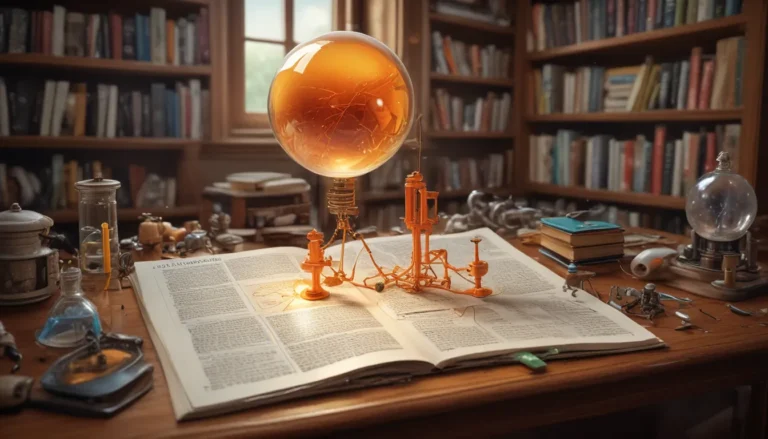A Note About Images: The images used in our articles are for illustration purposes only and may not exactly match the content. They are meant to engage readers, but the text should be relied upon for accurate information.
Have you ever wondered how gases interact and behave in mixtures? Look no further than Dalton’s Law of Partial Pressures! This fundamental concept, proposed by the visionary scientist John Dalton in the early 19th century, has revolutionized our understanding of gas dynamics and continues to be a cornerstone of scientific research and technological advancements. In this comprehensive guide, we will delve into 20 unbelievable facts about Dalton’s Law that will not only enhance your knowledge but also inspire you to explore the marvels of the physical world.
The Origins of Dalton’s Law
- Dalton’s Law of Partial Pressures is named after the English chemist John Dalton, a pioneer in atomic theory.
- Formulated in the early 19th century, this law states that the total pressure exerted by a gas mixture is equal to the sum of the partial pressures of each individual gas.
Understanding Partial Pressures
- Each gas in a mixture exerts its own pressure independently, proportional to its mole fraction.
- The partial pressures of gases provide valuable insights into gas diffusion across membranes, such as in respiration.
Practical Applications of Dalton’s Law
- Dalton’s Law is essential in scuba diving and hyperbaric medicine, aiding divers in understanding gas effects at different depths.
- It finds applications in fields like pharmaceuticals, anesthesia, and combustion reactions, optimizing processes and ensuring safety.
Real Gases vs. Ideal Gases
- While ideal gases perfectly follow Dalton’s Law, real gases may deviate due to factors like molecular size and attractive forces.
- The law serves as a guideline for predicting gas behavior in diverse scenarios, from weather patterns to industrial processes.
Mathematical Expressions and Equations
- Dalton’s Law can be mathematically expressed as P_total = P1 + P2 + P3 + … + Pn, where total pressure equals the sum of individual pressures.
- This equation facilitates precise calculations of gas pressures in complex mixtures, aiding in modeling and predicting gas interactions.
Significance in Atmospheric Science and Beyond
- The law plays a crucial role in understanding Earth’s atmosphere and atmospheric phenomena like air pollution, climate change, and weather patterns.
- It is vital for quality control in various industries, ensuring consistency and safety in products like food and beverages.
FAQs About Dalton’s Law
- Who discovered Dalton’s Law of Partial Pressures?
John Dalton, an English chemist and physicist, proposed this groundbreaking principle in the early 19th century. - What assumptions does Dalton’s Law make?
The law assumes that gases in mixtures are non-reactive and do not undergo chemical changes.
Enter the World of Dalton’s Law
Dalton’s Law of Partial Pressures is a fundamental concept that unlocks the mysteries of gas interactions, offering a world of possibilities in scientific research and industrial applications. As you embark on this journey of discovery, remember that each fact about Dalton’s Law adds depth to your understanding, empowering you to apply it innovatively across various disciplines. So, let the wonders of Dalton’s Law inspire your passion for science and fuel your curiosity to explore further!






